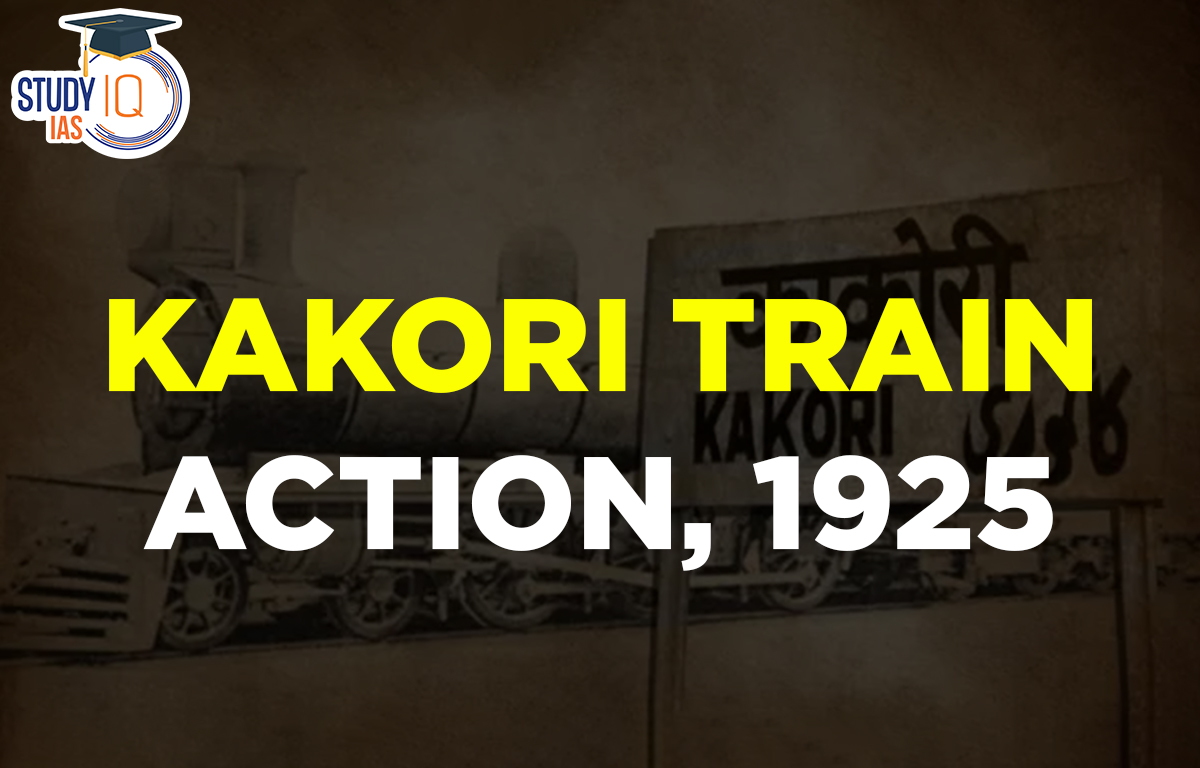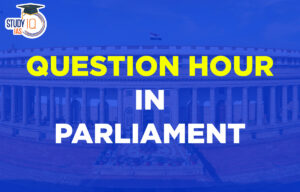Table of Contents
Context: Prominent Revolutionaries of the Indian independence movement were hanged on December 17 (Rajendranath Lahiri) and December 19 (Ashfaqullah Khan, Ram Prasad Bismil, Thakur Roshan Singh) in 1927, two years after the Kakori Train Robbery.
Background of Kakori Train Action
The Non-Cooperation Movement:
- In 1920, Mahatma Gandhi declared the launch of the Non-Cooperation Movement (NCM), a campaign which asked Indians to revoke their support from any activity that “sustained the British government and economy in India.
- Gandhi had envisioned this movement to be non-violent, using his methods of satyagraha to eventually attain self-governance.
The Chauri Chaura incident 1922:
- After police firing killed three protesting men in the town of Chauri Chaura in present-day Uttar Pradesh, a mob later set fire to the police station, burning 22 policemen to death.
- This incident changed the NCM’s trajectory. Gandhi called off the movement despite significant internal disagreement within the Indian National Congress (INC).
The Founding of Hindustan Republican Association (HRA):
- The HRA was thus founded by a group of young men who were disillusioned by Gandhi’s tactics and what they felt was zealous preaching of “non-violence.”
- Prominent members: Ram Prasad Bismil and Ashfaqulla Khan were among the group’s founders.
- Others included Sachindra Nath Bakshi and trade unionist Jogesh Chandra Chatterjee.
- Figures such as Chandra Shekhar Azad and Bhagat Singh would also join the HRA.
- Manifesto: The HRA released its manifesto on January 1, 1925, was titled Krantikari (Revolutionary).
- The immediate objective was to establish a federal Republic of United States of India by an organized and armed revolution.
- The envisioned republic would be based on universal suffrage and socialist principles, importantly, the “abolition of all systems which make the exploitation of man by man possible.”
What was the 1925 Kakori Train Action Incident?
- About: The train robbery at Kakori was the HRA’s first major action, in August 1925.
- Background: The Number 8 Down Train ran between Shahjahanpur and Lucknow which carried treasury bags meant to be deposited in the British treasury in Lucknow.
- Objective: The revolutionaries planned to rob this money, which they believed legitimately belonged to Indians anyway. Their objective was both to fund the HRA and garner public attention for their work and mission.
- The plan: On August 9, 1925, as the train was passing the Kakori station, about 15 km from Lucknow, Rajendranath Lahiri, a member of the HRA who was already seated inside, pulled the chain and stopped the train.
- Subsequently, around ten revolutionaries, including Ram Prasad Bismil and Ashfaqullah Khan, entered the train and overpowered the guard. They looted the treasury bags and escaped to Lucknow.

- The response of British: The British authorities were enraged, undertaking a violent crackdown and soon arresting many members of the HRA.
- Bismil was arrested in October, supposedly after two members of the HRA betrayed him.
- Ashfaqullah escaped to Nepal and then Daltonganj (in present-day Jharkhand). He would be arrested a year later.
- Out of the forty men arrested by the British, four were handed death sentences, while others received lengthy prison terms.
- The only major leader of HRA at this time who evaded arrest was Chandra Shekhar Azad.
- The British response to Kakori was to set an example for future revolutionaries and restore British authority in the minds of the people.
- For Indians, the Kakori incident is remembered as one of many revolutionary activities that were undoubtedly brave but ended in tragedy.
What Happened to the HRA Afterwards?
- HSRA: In 1928, a year after the execution of the Kakori Conspiracy accused, the HRA merged with various other revolutionary groups that had emerged in Punjab, Bihar and Bengal and became the Hindustan Socialist Republican Association (HSRA).
- Gradually it made its Marxist leanings more explicit, working with the Communist International and speaking of a revolution involving a struggle by the masses to establish “the dictatorship of the proletariat.”
- By the 1930s, with many of its prominent leaders were either dead or in prison. In the 1930s it broke down into various regional factions.
- Contributions by HRA: Over the latter half of the 1920s, the group was key in carrying out various acts of resistance against British rule, participating in protests against the Simon Commission, the subsequent assassination of assistant police commissioner J.P Saunders, and the bombing of Viceroy Irwin’s train, among others.


 Question Hour in Parliament: Meaning, Ty...
Question Hour in Parliament: Meaning, Ty...
 Daily Quiz 18 July 2025
Daily Quiz 18 July 2025





















